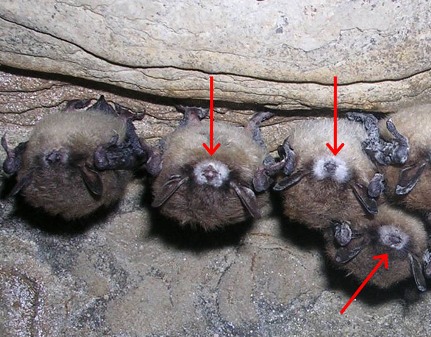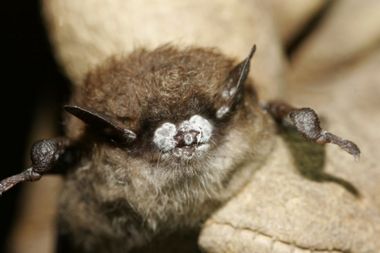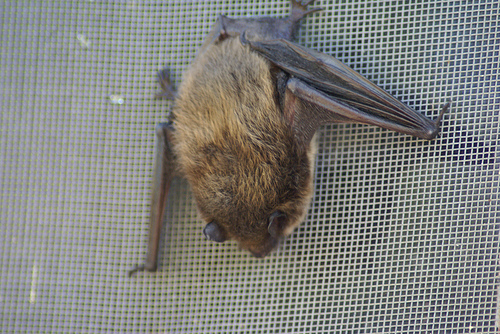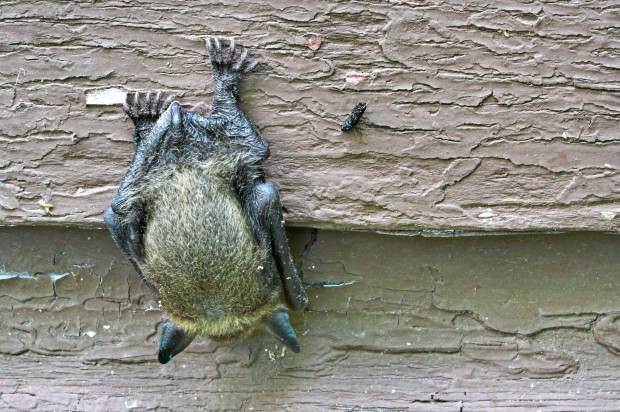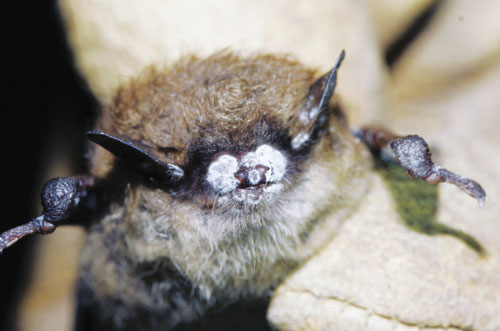Thank heavens that the garden has gone to sleep. What I have had to do this year to keep my perennials happy-lots of time and effort. I have old maples with girdling roots, and Princeton Gold maples, arborvitae, and boxwood that need yearly pruning. Big branches of my clematis succumbed to wilt. The roses-I have not looked at them in weeks. The fall anemones-so so. The taxus has trouble. My annual pots were the worst ever this summer. I wholly blame my choices, but the rainy and cold summer weather did not much help me out. The coming of the fall was welcome-who wants to spend more than five minutes looking at the results of a lost summer? Fall-I could not wait. My fall season was brief and unremarkable. Do I need to redesign?? Fall came abruptly to an end-many weeks ago.
Our recent work in anticipation of winter involved chopping frozen soil out of lots of pots. No matter how warmly I dressed, the bone chilling cold took my breath away. None of the pictures of the work tell the story of the cold. What a relief that I have been at this winter work long enough to have engineered a method by which most of the work gets done indoors. The ability to work indoors means the work gets done with dispatch. But no matter what we do in the shop, the installation happens outdoors. My crews are troupers to the last. They know how to break the ice, and warm up the winter gardening season.
Planting spring flowering bulbs was a challenge this fall. Nature saw fit to go to the cold very early. Planting bulbs involved chopping into fearsomely cold soil. I am not sorry that all of the bulbs are safely entrenched below ground. What is usually an easy exercise was this year a study in persistence. The fall color this year-not so swell. I only have one word to explain this phenomena-nature. Every year there is some unanticipated phenomena. That would be best described as nature, naturally. We have had 6 inches of snow today. Not that it wasn’t beautiful. But 6 inches in mid December?
I regularly read a blog from Kansas-oh yes. He doesn’t post so much, but what he does post is of great value. http://myeducationofagardener.wordpress.com/ I read every word, sometimes twice. He once said that nature bats last. No kidding. I am within 3 projects of being done for this season. Once we have closed out the landscape work for the season, I will decorate at home, for the holiday, and the winter. Today, I was too weary to do much of anything. But tomorrow I am sure I will be better rested. Nature is an ally, a foe, a mystery, a phenomena, a wonder, a treasure, a challenge, a friend, an exasperation, a respite – but above all, a way of life. More tomorrow, Deborah
